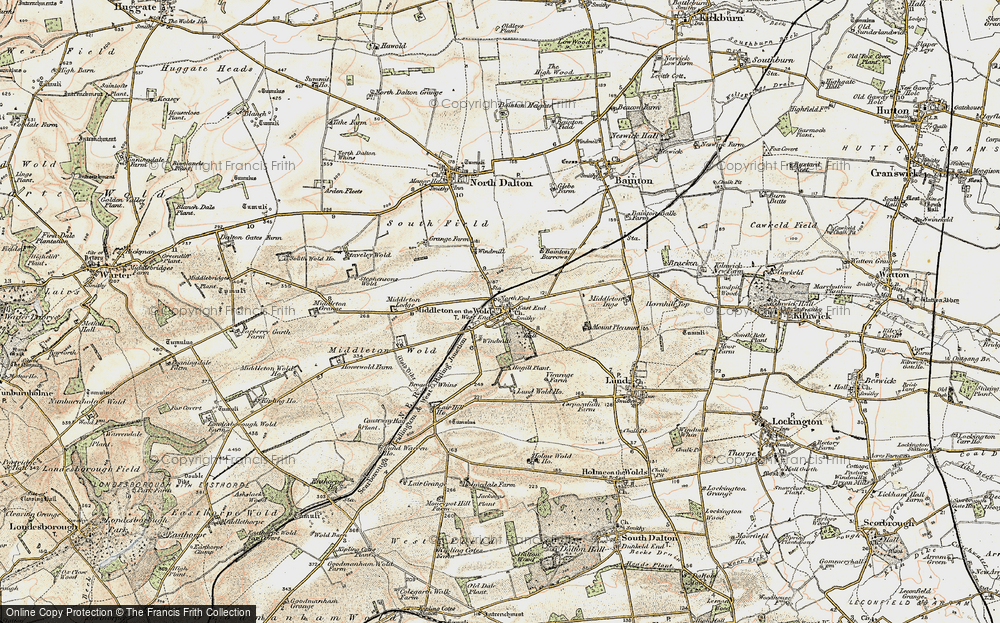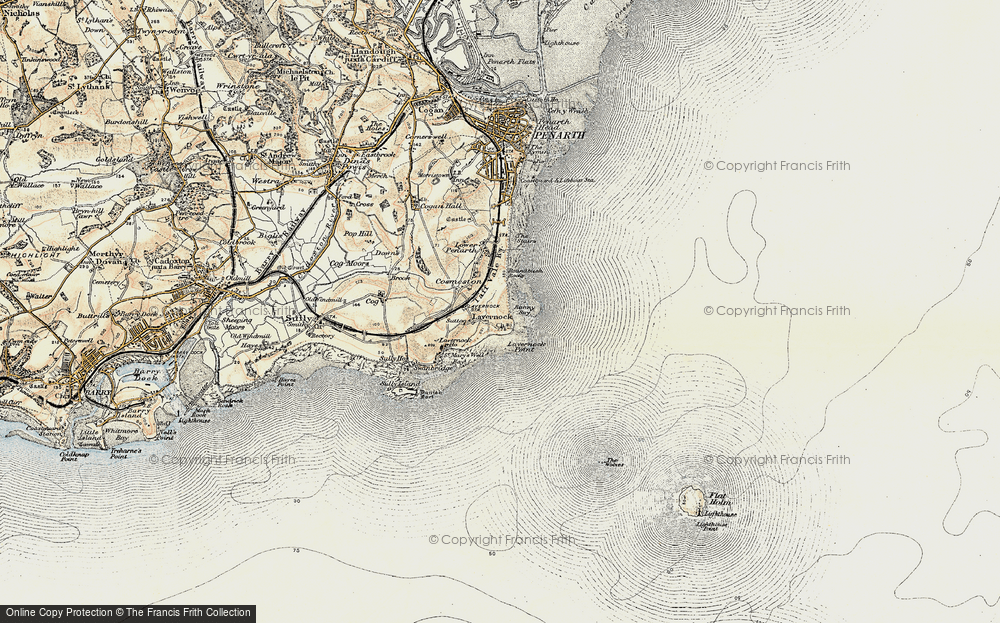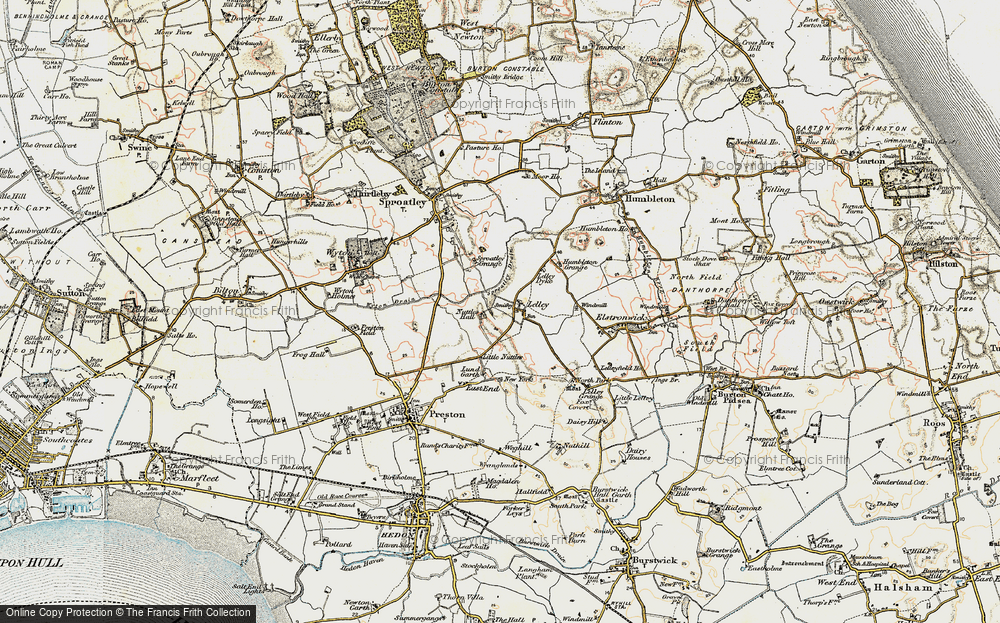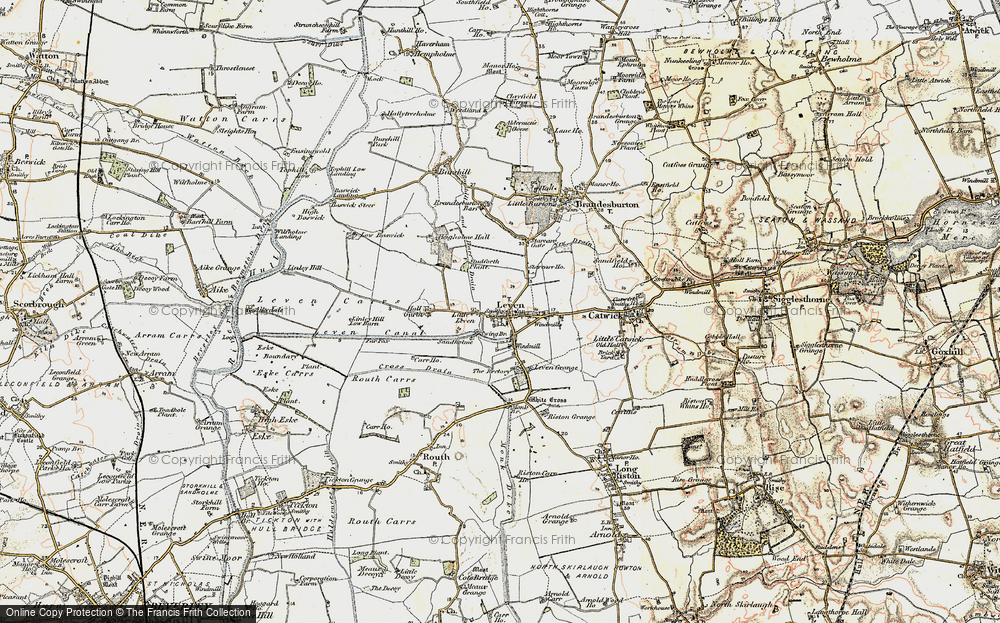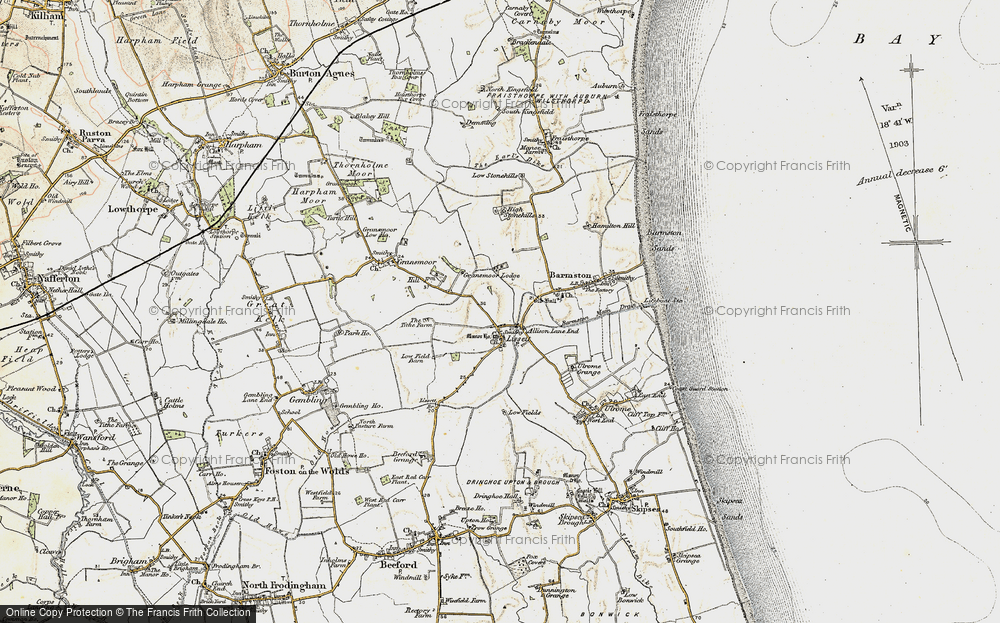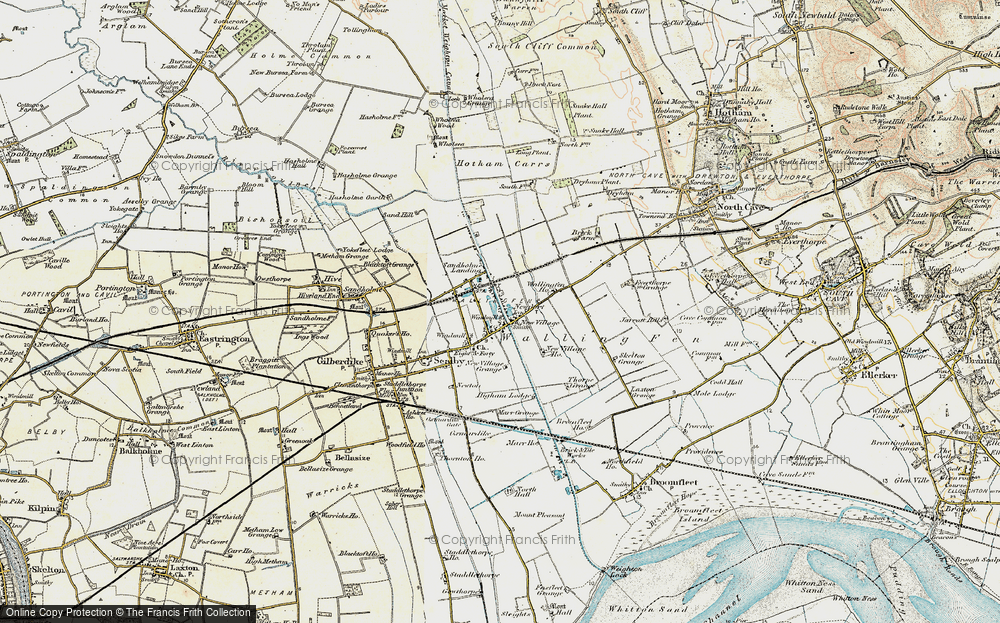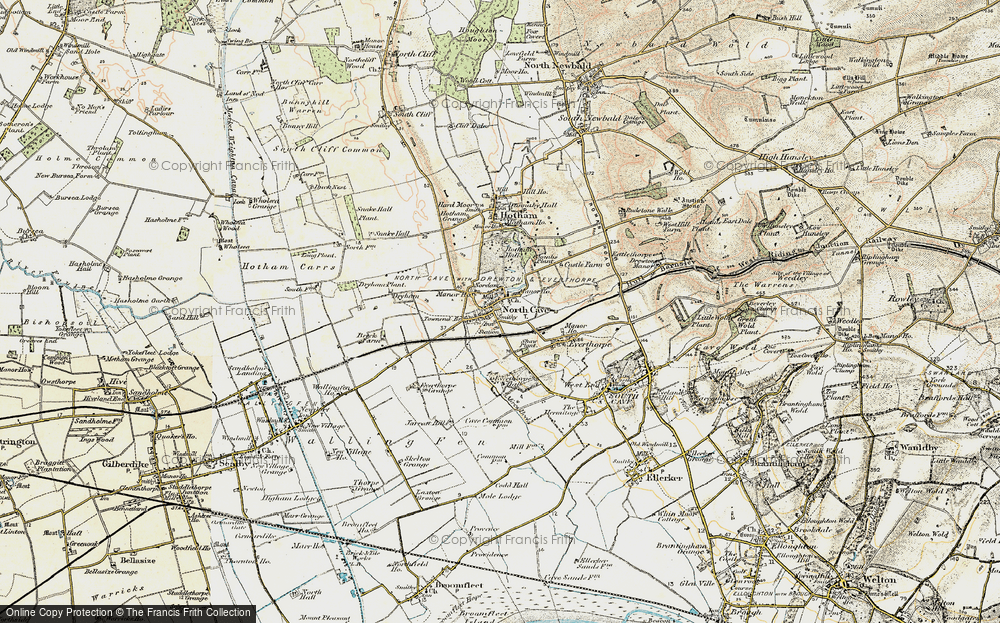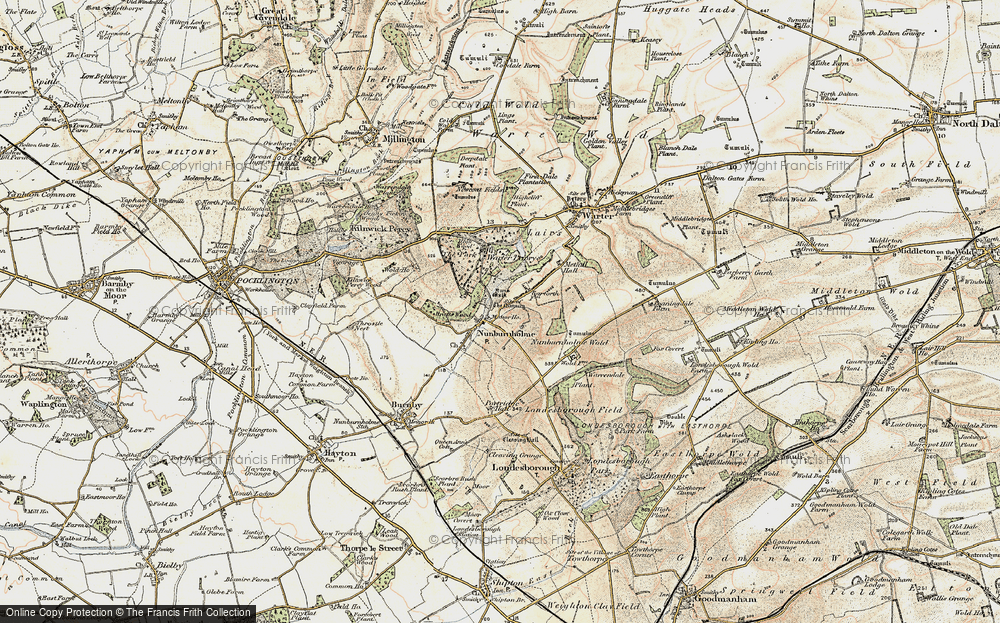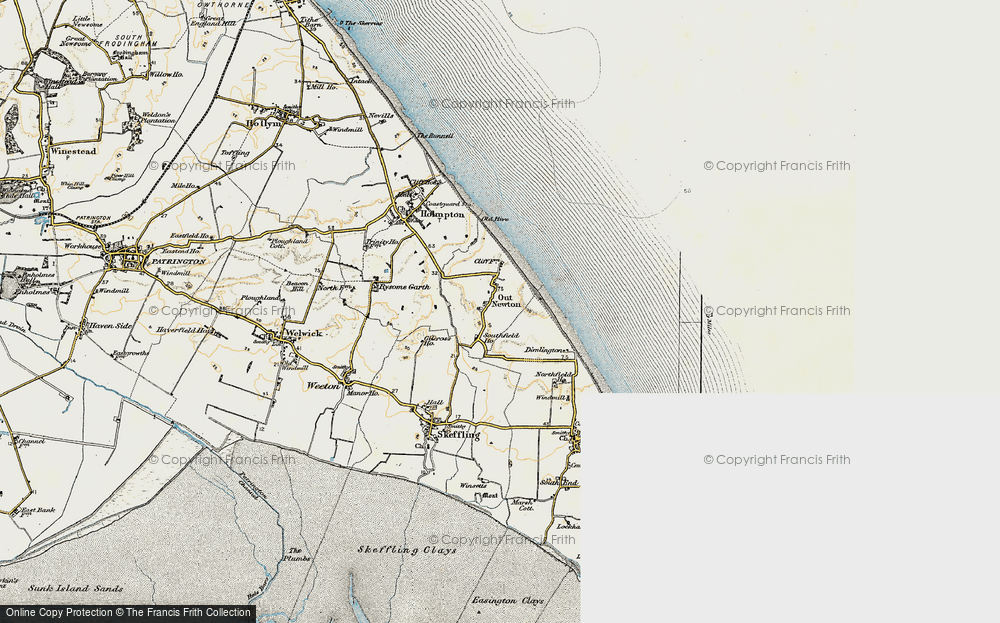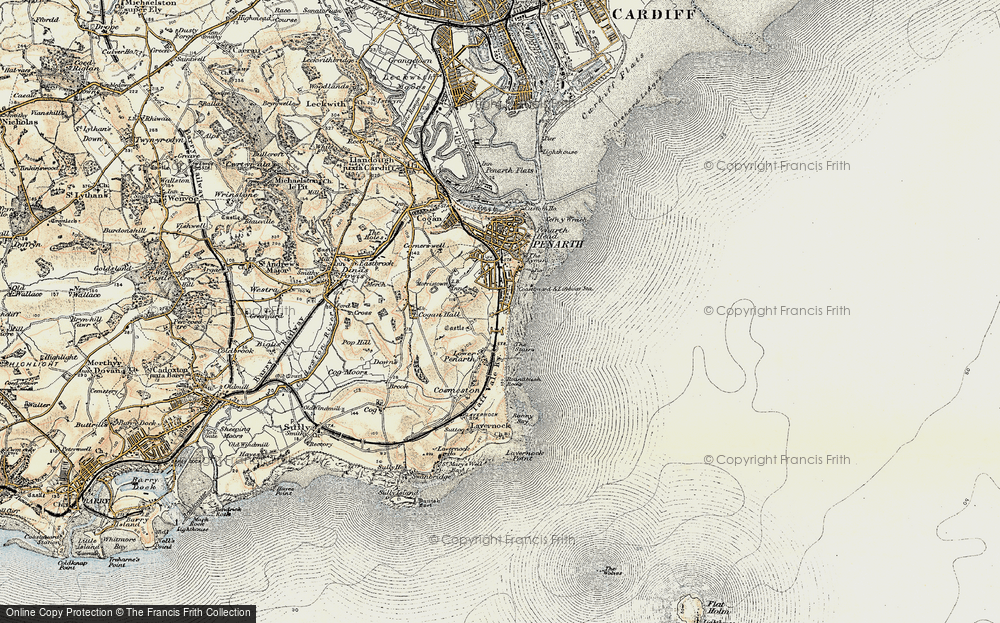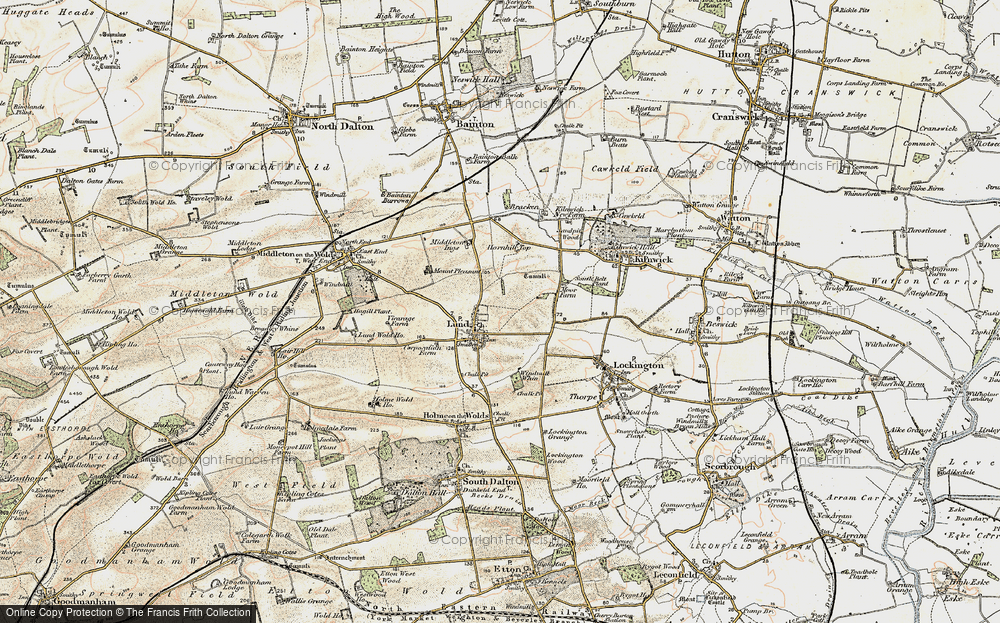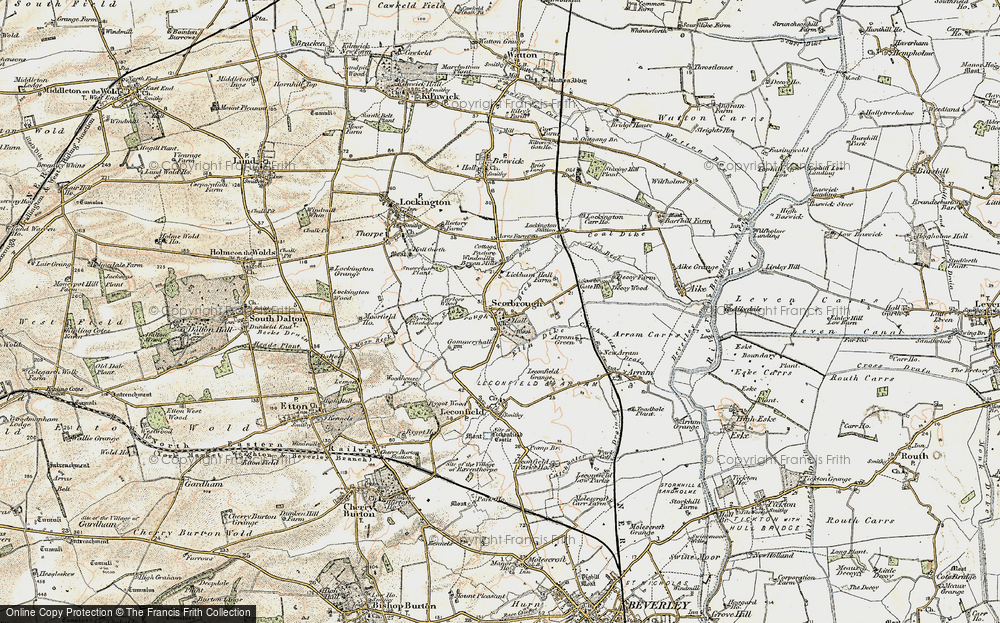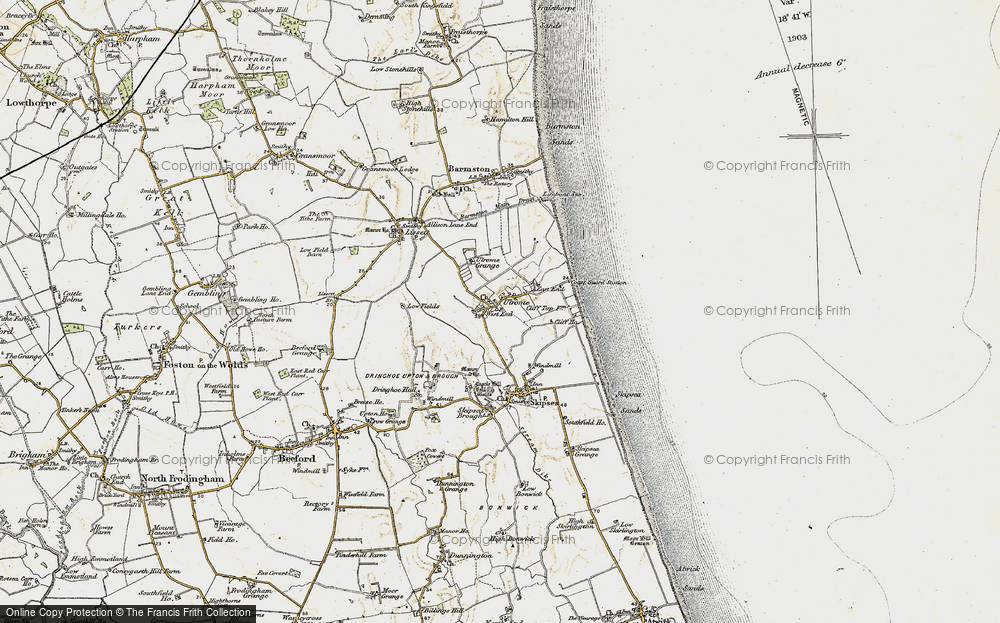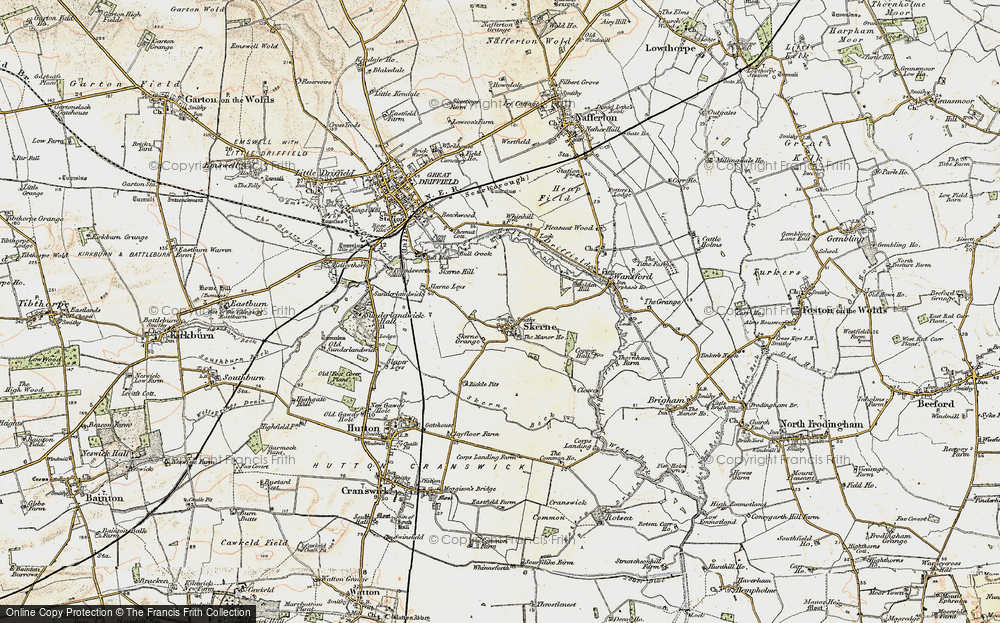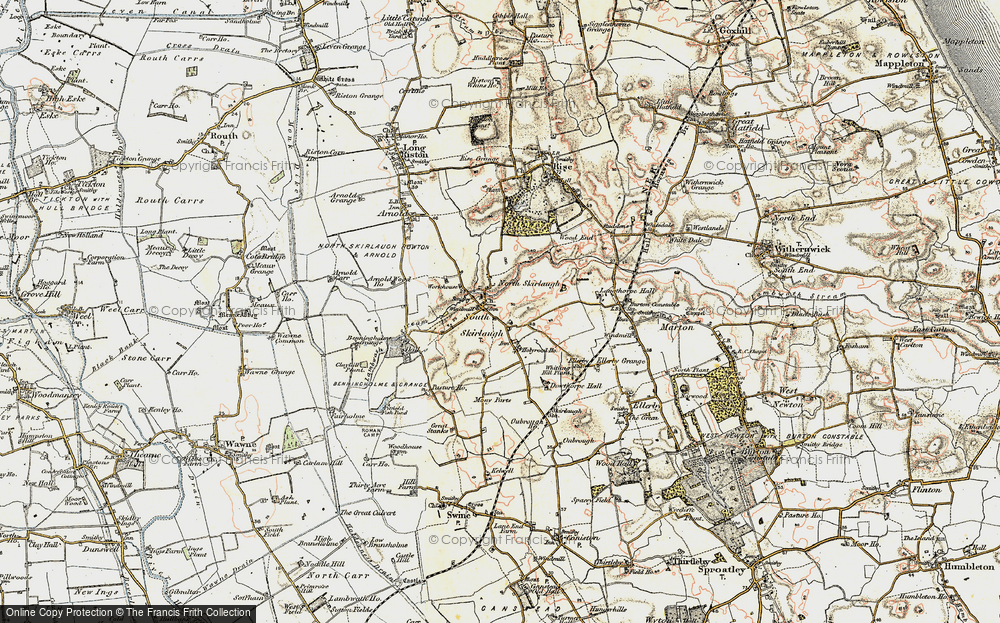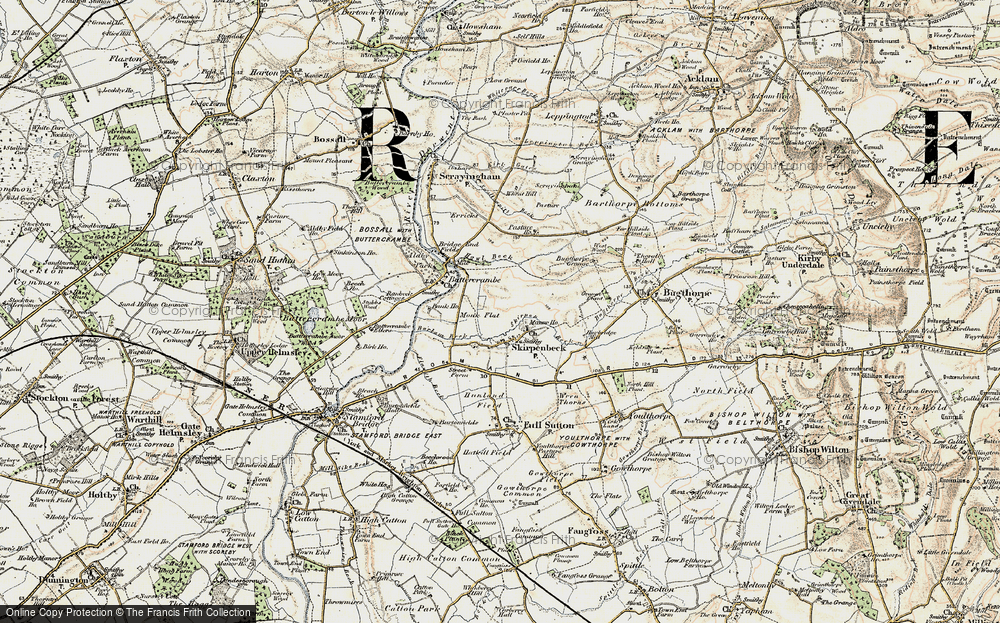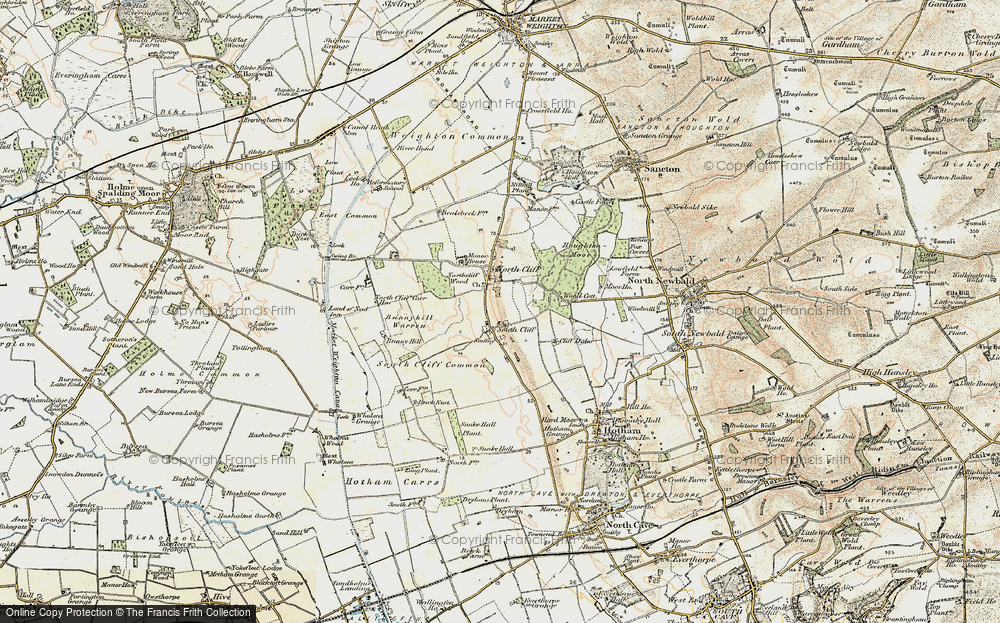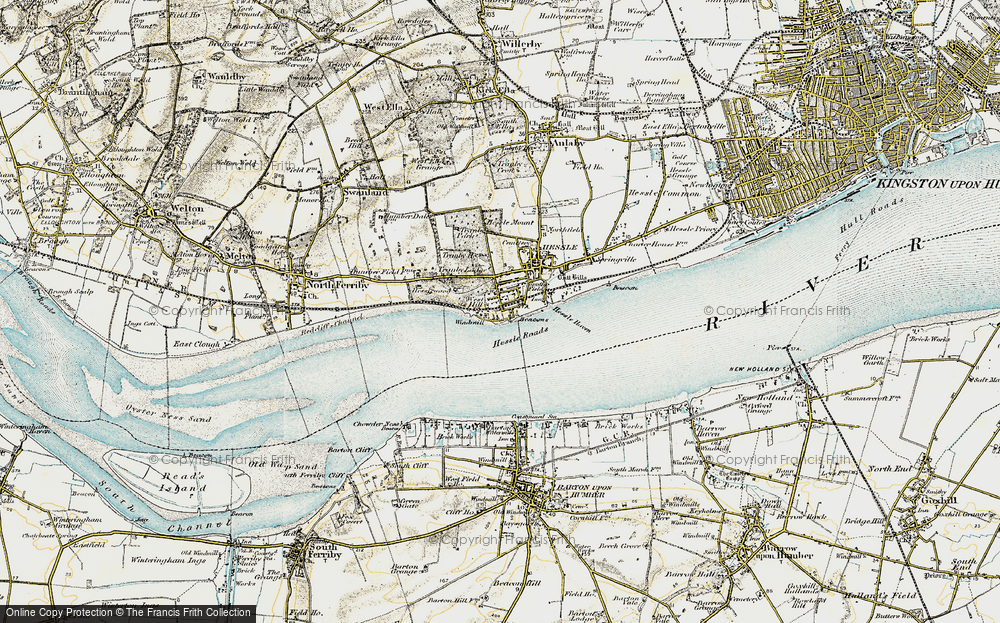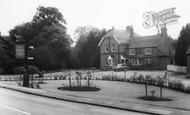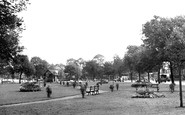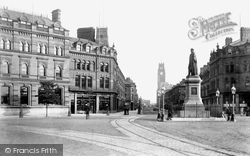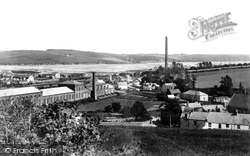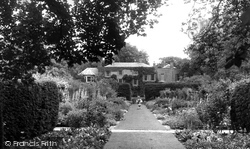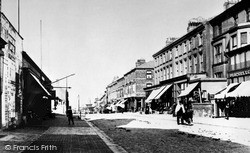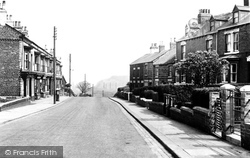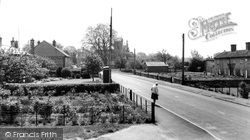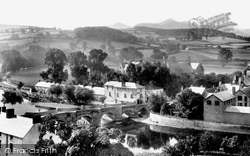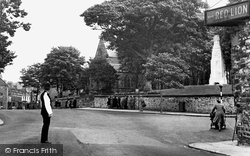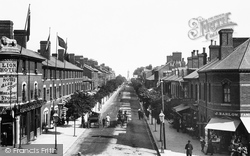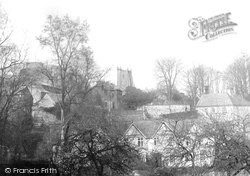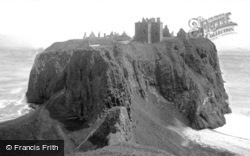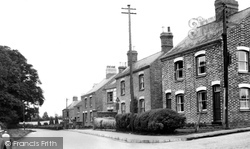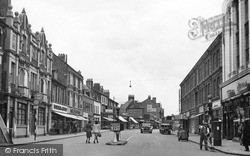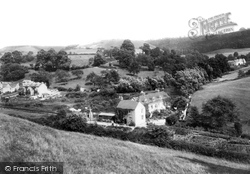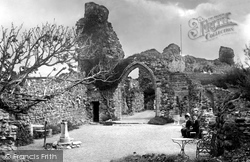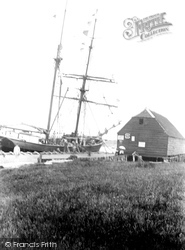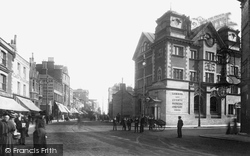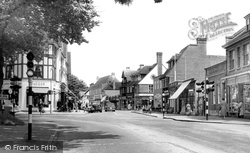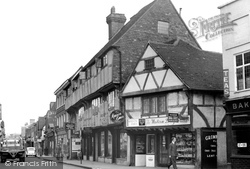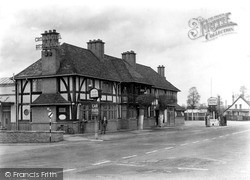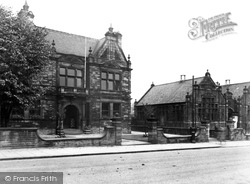Merry Christmas & Happy New Year!
Christmas Deliveries: If you placed an order on or before midday on Friday 19th December for Christmas delivery it was despatched before the Royal Mail or Parcel Force deadline and therefore should be received in time for Christmas. Orders placed after midday on Friday 19th December will be delivered in the New Year.
Please Note: Our offices and factory are now closed until Monday 5th January when we will be pleased to deal with any queries that have arisen during the holiday period.
During the holiday our Gift Cards may still be ordered for any last minute orders and will be sent automatically by email direct to your recipient - see here: Gift Cards
Places
Sorry, no places were found that related to your search.
Photos
Sorry, no photos were found that related to your search.
Maps
7,034 maps found.
Books
163 books found. Showing results 7,225 to 7,248.
Memories
22,913 memories found. Showing results 3,011 to 3,020.
Father Christmas And The Funfair
I remember coming out of the Granada cinema (Grenadiers, Saturday morning) near Christmas to watch Father Christmas riding down St Johns Hill in a stagecoach, to take up residence at Arding and Hobbs. I also ...Read more
A memory of Battersea by
East Stonehouse 1800
My great great great great grandfather Charles Penery, was born at East Stonehouse in 1800/01. He was buried at Ford Park Cemetry in 1874. He married Mary Ann Penery (nee Baskerville) born in 1801. She was burried at Ford ...Read more
A memory of Billacombe by
My Childhood Memories...
My name is Dawn Thompson, I grew up in one of the Cottages next to the Pub (no 3). My father Peter Thompson, worked there for many years. I remember the Hunt meetings and I remember Tom Hatton, who ran it many years ago. ...Read more
A memory of Pirbright in 1970 by
Downshall Secondary School
I have very fond memories of Downshall Secondary where I was between 1958 and 1962. I used to live in Downshall Avenue, and we used to walk everywhere, to school, to Seven Kings Park and the park up Meads Lane. We ...Read more
A memory of Seven Kings in 1960 by
A Wartime Evacuee
During the war I was evacuated with my family to Dunsmore and we lived in Appletree Cottage, opposite The Fox. I attended Wendover School and returned to London in 1946. At the time Robert Donat lived in ...Read more
A memory of Dunsmore in 1940 by
Trevelyan Road Tooting
I was born on 8th May 1945 (the day the war ended) at 61 Trevelyan Road Tooting. My mum told me that there was a heatwave on the 8th May and whilst she was trying to get some rest there was a street party going n which she ...Read more
A memory of Tooting in 1945 by
Henry And Sarah Jane Christelow Eddy
Henry and Sarah Jane were my husband's grandparents. I'm not sure where they were born but they were married at the Chester-le-Street Registry Office and were living at Pelton Fell when my father-in-law, ...Read more
A memory of Pelton Fell by
Parrin Lane
Me & my brother both worked at Annie & Terry Smith's bakery as children, in the back making pies and bread from about five/six every Sat morning for years. It was a very busy place to work and Terry was a great bloke to work ...Read more
A memory of Eccles in 1959 by
Albion Place
I was born in 1939 and grew up in Kenfg Hill, living at 65 Pisgah Street, Foster Buildings, and 7 Albion Place during the war years. Albion Place was then in an area of Kenfig Hill known as The Huts, because the dwellings were all ...Read more
A memory of Kenfig Hill in 1945 by
Your search returned a large number of results. Please try to refine your search further.
Captions
9,654 captions found. Showing results 7,225 to 7,248.
Atop his pedestal, James Ramsden (then flanked by street lights at each corner of his enclosure) is looking up Abbey Road.
This scene is full of industrial interest. The long range of buildings on the left is the Cornwall Minerals Railway locomotive works, built in 1872-74 by Sir Morton Peto.
The parish of Abbots Ripton lies a few miles north of Huntingdon. At the time of the Dissolution it was held by Ramsey Abbey.
This is a view from Bidston Hill, which was declared a place to be kept free of development when Birkenhead and the surrounding towns and villages began to grow.
This photograph, taken towards the eastern end of Victoria Road, shows what an important retail area this was.
We are looking eastwards from the end of Brotton High Street, and the chimneys of the Skinningrove iron and steel works can be seen in the distance.
The Transporter Bridge was opened on 17 October 1911 by Prince Arthur of Connaught, whose father had opened Albert Park in 1868.
Many of the houses here have the initials NEC, standing for the New England Company that once owned the parish. On the left is the post office, which closed in the 1980s, and the Chequers Inn.
We go north again to the centre of the National Park and the best-known town in Powys. The Frith photographer must have been impressed, as he took many views of the area.
This view of the former mining town has changed little since 1955. The Red Lion is now an estate agents, and The White Lion in the distance (left) is still there.
When the Lion Hotel opened in 1881, the stone lion was placed on the roof above the corner entrance.
Built during the reign of Elizabeth I, Dockacre House is the oldest home in Launceston.
This impressive and forbidding-looking castle stands to the south of Stonehaven on a rocky headland overlooking the North Sea.
The red- brick solidity of the houses presents an almost urban face, apart from the small front gardens.
This view down Silver Street, widened here at the junction with Gold Street in the 1930s, looks towards Dalkieth Place.
In the village itself, Gregory Gregory's hand is everywhere, as befits an estate village nestling at the gates of a great country house in its park.
This picturesque hillside village was to be immortalised in English literature in 'Cider with Rosie', the first novel of Laurie Lee, who was born in Stroud in 1914 and moved to Slad when he was three,
In 1066, William, Duke of Normandy, having landed at Pevensey to claim the English throne from King Harold, marched here and built a timber castle.
The Village 1902 Here we look south down the main road into the village as it nears the estuary.
Caddell's Printing Office at number 1, King Street, just visible on the extreme left and next door to the Jackson Brothers' drapery store, was founded by John Samuel Caddell, a stationer, bookbinder,
The new town of Amersham on the Hill developed from the 1890s when, after 60 years of opposition, the Drakes and then the Tyrwhitt-Drakes finally allowed the railway to come to Amersham, but up the hill
Continuing north-east along Portsmouth Road we reach Godalming, a market town since 1300, its centre now by-passed. These timber-framed buildings are fine examples.
The Crown Hotel, pictured here, is typical of many that were built in the middle years of the 20th century to cater for a population that was newly mobile, thanks to the availability of cars
He endowed many public libraries at the turn of the 20th century. Here, right, is Horbury's Carnegie Free Library, built in 1905 and opened on 14 February 1906.
Places (0)
Photos (0)
Memories (22913)
Books (163)
Maps (7034)


